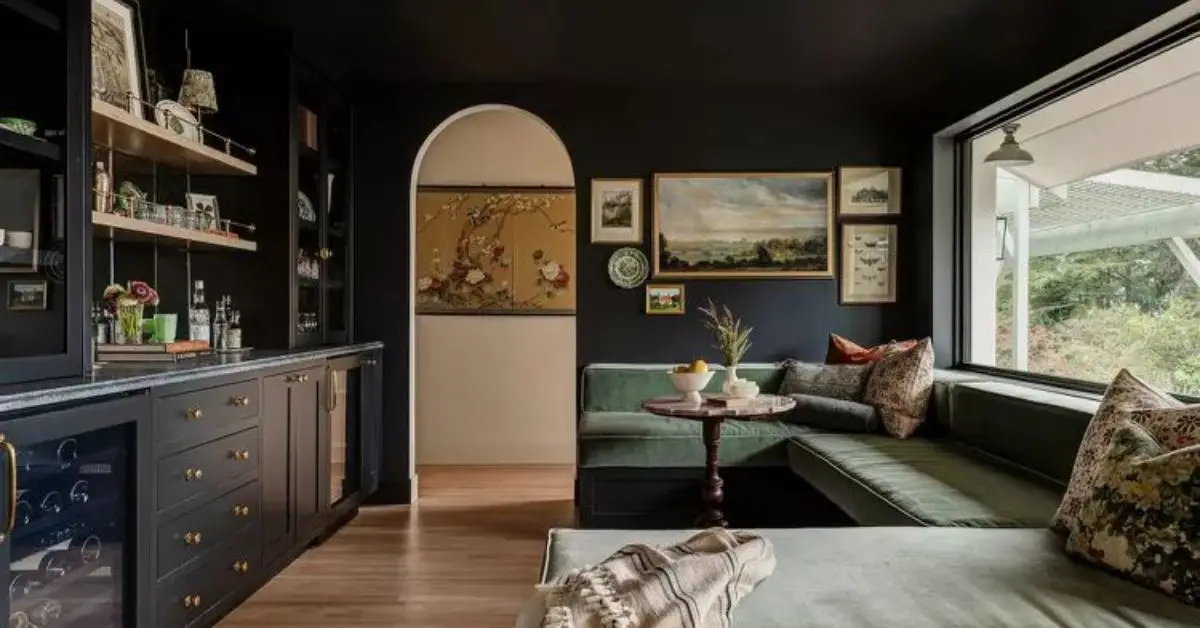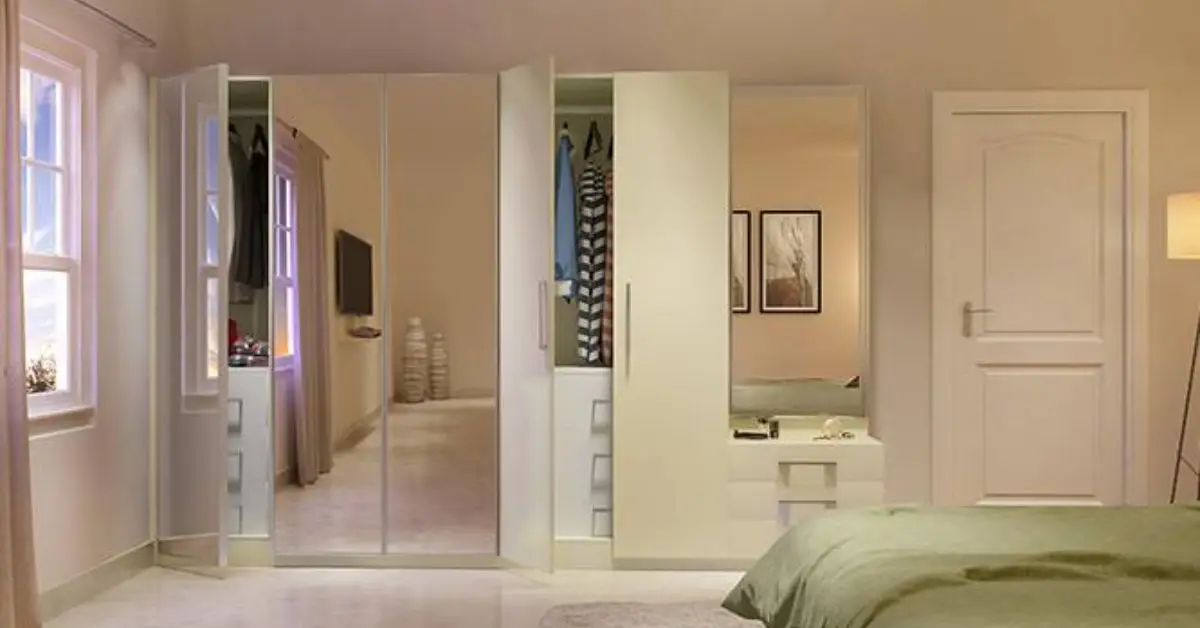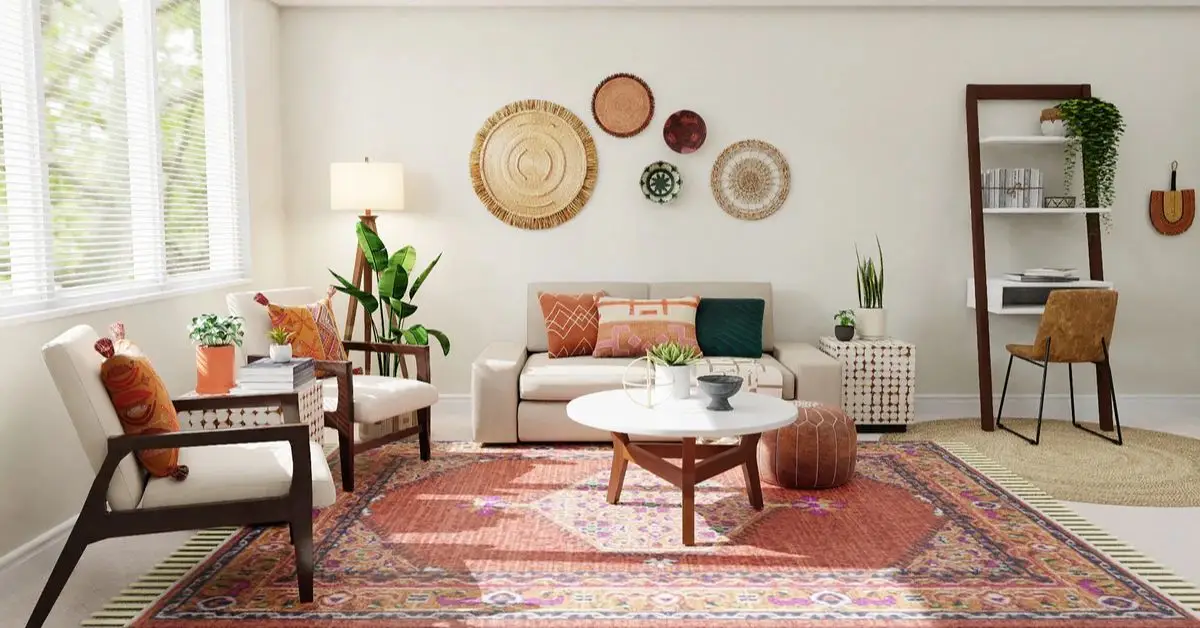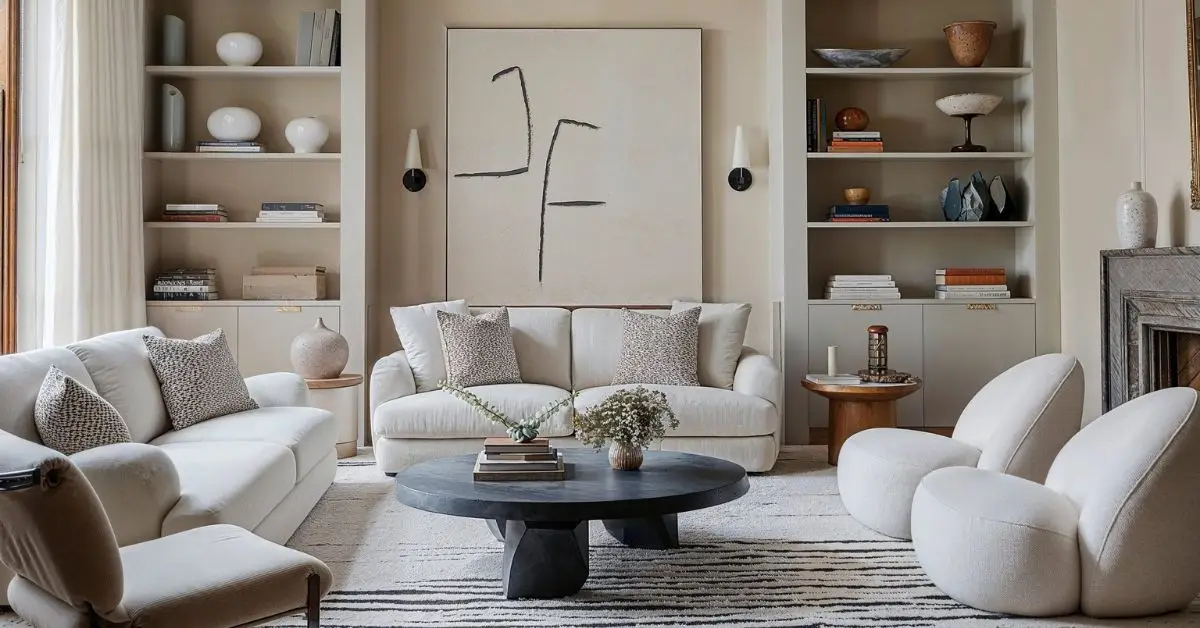9 Smart Design Hacks That Instantly Make Any Small Room Feel Bigger
You know that feeling when you walk into a room and it just feels… tight? Like the walls are closing in a little, even if everything’s clean and in place? I’ve lived in spaces like that too—small bedrooms, awkwardly shaped living rooms, even a kitchen that barely fit one person at a time.
Here’s the thing: it’s not always about knocking down walls or doing a full renovation. Most of the time, it’s about how your space looks and feels. That’s where smart visual tricks come in—things you can actually do in a weekend, without spending thousands or dealing with landlords.
In this guide, I’ll show you 9 tried-and-tested tricks to make your small room feel bigger, brighter, and more open. These aren’t just Pinterest ideas — they’re practical shifts based on how our brains process space. I’ll also share what’s not worth your time (because some common advice out there just doesn’t work).
Let’s make that small room work for you—not against you.
1. Use Mirrors Like a Pro (Not Just Anywhere)
You’ve probably heard this before: “Hang a mirror to make your room look bigger.” But most people get this completely wrong. They throw up a mirror without thinking about what it’s reflecting — and that defeats the purpose.

The Spruce
Here’s what actually works:
Place mirrors opposite or adjacent to a window, so they bounce natural light around the room. If your space doesn’t get much sun, try angling the mirror to reflect a lamp or open doorway instead. It tricks the eye into thinking there’s more space beyond the walls.
You can also go bold and try what I saw trending on TikTok — a DIY mirrored “window” made from IKEA mirror tiles. It doesn’t just reflect light; it adds architecture to a flat wall. Search #smallroommakeover and you’ll see what I mean.
Even better? Full-length mirrors leaning against a wall make low ceilings feel taller. Just don’t hang a small mirror in a corner and expect magic. Mirrors only expand space when they’re used with intention.
Try This: Before placing a mirror, ask yourself: What will this reflect? If it’s clutter or a blank wall, it won’t help.
2. Paint Ceilings and Trim the Same Color as Your Walls
Most people focus on what color to paint their walls — but in a small room, it’s not just about the color, it’s about continuity. When you paint the ceiling and trim the same shade as the walls, it removes visual barriers and creates one seamless surface. That visual blend makes your room feel taller and more open.
This trick works especially well with light, soft neutrals — like pale gray, warm white, or muted beige — but even moody tones can work if the finish stays consistent.
As noted in The Spruce’s guide on making small rooms look bigger, eliminating visual contrast helps create a more expansive, calming environment.
And if you’re in a rental or short-term space? Try peel-and-stick wallpaper or color-matched temporary panels to get the same effect without breaking any lease rules. Just moved into your new place and feeling a little unsettled? These 9 quick tips will help you settle in faster and feel at home instantly.
This one small move can make even the lowest ceilings feel just a little higher.
3. Max Out Vertical Space to Pull the Eye Up
When floor space is tight, the smartest thing you can do is think upward. Your walls are more than just barriers — they’re opportunity. Most people stop decorating at eye level, which visually flattens a room. But if you use tall bookshelves, floor-to-ceiling curtains, or even vertical wall planters, you naturally draw the eye higher. And that gives the illusion of height — even if your ceilings are standard 8 feet.

Curtains are another game-changer. Always mount your curtain rods as close to the ceiling as possible — not just above the window frame. It elongates your wall and immediately lifts the space.
You don’t need to add anything expensive — just think in lines that go up instead of out.
4. Don’t Use Rugs That Are Too Small — Seriously
This is one of the most common mistakes people make in small rooms: they choose a rug that’s too small, thinking it will make the room feel more open. In reality, it does the opposite — it visually shrinks the space by chopping up the floor.

A rug should anchor your furniture, not float alone like a bath mat. Ideally, the front legs of your sofa and chairs should sit on the rug. That way, the eye reads everything as one connected zone, not scattered pieces. It feels cohesive and bigger.
Still not convinced? Try this test: Place a small rug in the middle of your living room and take a photo. Then replace it with a larger one that extends under the furniture — even if it reaches the wall edges. Compare the two. One feels like a dollhouse; the other feels designed.
Pro tip: If you’re on a budget, layer a large, cheap jute rug with a smaller patterned one. You get the visual width and a touch of style without spending much.
5. Swap Bulky Furniture for Raised-Leg Pieces
When space is limited, even good furniture can work against you — especially if it’s low to the ground or boxy. One of the easiest ways to “add air” to a room is to swap out heavy, grounded pieces for furniture that sits on visible legs. Why? Because showing more floor space = creating more visual openness.
Mid-century modern styles are perfect for this: slim legs, clean lines, and nothing blocking the light from flowing underneath.
Even beds make a huge difference. A raised platform bed with no storage underneath can actually make a small bedroom feel larger than a storage-heavy one that touches the floor.
And the best part? Raised-leg furniture makes cleaning easier too — no more dust traps.
6. Go Monochrome — But Play with Texture, Not Just Color
Everyone says, “Use light colors to make a room feel bigger.” Sure, that helps. But what really works is consistency — not just in color, but in tone. If your walls, furniture, curtains, and decor are all in the same general palette, the eye doesn’t hit hard visual stops. That’s what makes a room feel seamless — and bigger.

But here’s the catch: a monochrome space can feel flat if you don’t layer textures. Think linen curtains, a velvet pillow, a matte ceramic lamp, and a brushed metal table — all in similar tones. The variety keeps the space interesting without overwhelming it.
One designer I follow calls this “quiet depth.” You’re not distracting the eye — you’re inviting it to linger.
This trick works especially well in bedrooms and small living rooms — where comfort and calm are just as important as space.
7. Use Multi-Functional Furniture (and Hide Clutter Like a Pro)
One of the fastest ways to make a small room feel tight is clutter — not just mess, but visible objects without a home. That’s why multi-functional furniture is a must in small spaces. Think ottomans that open up for storage, side tables that double as stools, or beds with drawers underneath.
Not everything has to scream “transformer.” The key is choosing pieces that do more without looking like they do more.
Reddit is full of before-and-after pics from renters who swapped open bookshelves for closed cabinets or upgraded to lift-top coffee tables. The result? Cleaner lines, less visual noise, and instantly a bigger-feeling space.
One user in reddit even said:
“Just hiding my extra blankets and tech cables made the room feel 30% larger. Nothing changed — just what I could see.”
If you live in a studio or a shared apartment, this isn’t just about decor — it’s about mental clarity. When your space looks clean, it feels more spacious and less stressful. Want to take the cozy vibe even further? Try these stunning fall garden ideas — they instantly expand your space outdoors, too.
8. Let Natural Light Flow (or Fake It Really Well)
Light is one of the most powerful space-expanders — and it doesn’t cost a thing. A dark or shadowy room always feels smaller, no matter how clean or styled it is. That’s why your window treatments matter more than you think.
Start by ditching heavy blackout curtains (unless it’s a bedroom where you need them). Use sheer or light-filtering panels, and hang them wide and high — this lets light flood in from the sides and makes your windows look larger too.
And if you don’t get natural light? Fake it. LED strip lighting behind a headboard, under floating shelves, or inside a bookcase adds depth and glow — without taking up any space. Warm white bulbs that mimic daylight can make a cave-like room feel instantly fresher.
It’s not just about the light source — it’s about what it hits. Keep shiny or pale surfaces near light sources to help reflect it deeper into the room.
9. Define “Zones” in the Room — Even If It’s Tiny
Here’s a trick that sounds counterintuitive but works: divide your small room into clear zones. It might seem like defining areas would make things feel smaller, but it actually helps your brain organize the space — and that makes it feel more open.
In a small studio, for example, placing a rug under the bed instantly says “sleep zone.” A floor lamp and small chair in the corner? “Reading corner.” Even placing a plant or bookshelf between the couch and desk can hint at a boundary — without building walls. If you’re also setting up a workspace in a small room, these 5 home office decor fixes for 2025 will help keep things stylish and functional.
This doesn’t mean you need a ton of furniture. You just need a few smart cues: rugs, lighting, maybe a folding screen or shelf. Visual boundaries help you feel like the space does more, which tricks your brain into feeling like there’s more of it.
This is especially useful if you live in a shared home or work-from-home setup. One space, multiple functions — without chaos.
Small Room, Big Potential — It’s All About Perception
The size of your room doesn’t define how it feels — how you use it does. Every trick you just read isn’t about construction or cost — it’s about psychology and perception. When you control what the eye sees and how the space flows, you take back control over how your room functions.
Whether you’re dealing with a cramped bedroom, a rental living room, or a studio apartment that’s doing triple duty, you don’t need to knock down walls. You just need to guide the eye, reduce visual clutter, and make space work with you, not against you.
I’ve seen tiny spaces turn into cozy, stylish, and spacious-feeling sanctuaries — just from a few smart tweaks.
Which trick are you planning to try first?
Let me know in the comments — or tag us with your room transformation using
For more easy ideas when settling into a new space, check out Build Like New.
Disclaimer: This article is for informational purposes only and is based on general home design knowledge and personal experience. It is not a substitute for professional advice. Always consider your specific space and consult a qualified expert if needed.


